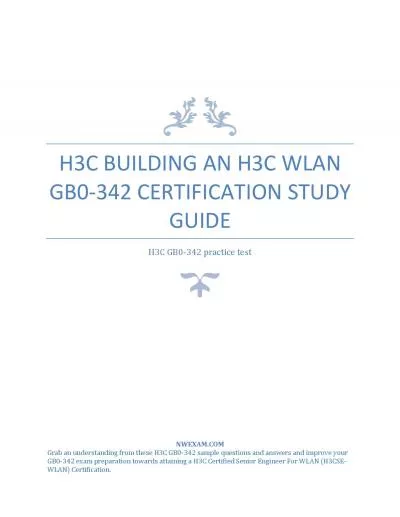PPT-CSS 342 Data Structures, Algorithms, and Discrete Mathematics I
Author : pasty-toler | Published Date : 2019-06-26
Lecture 8 150202 Carrano C Interlude 2 Chapt 4 6 Agenda HW3 Questions Finish Induction Assignment and Copy Constructor Linked Lists Induction Axiom The
Presentation Embed Code
Download Presentation
Download Presentation The PPT/PDF document "CSS 342 Data Structures, Algorithms, an..." is the property of its rightful owner. Permission is granted to download and print the materials on this website for personal, non-commercial use only, and to display it on your personal computer provided you do not modify the materials and that you retain all copyright notices contained in the materials. By downloading content from our website, you accept the terms of this agreement.
CSS 342 Data Structures, Algorithms, and Discrete Mathematics I: Transcript
Download Rules Of Document
"CSS 342 Data Structures, Algorithms, and Discrete Mathematics I"The content belongs to its owner. You may download and print it for personal use, without modification, and keep all copyright notices. By downloading, you agree to these terms.
Related Documents

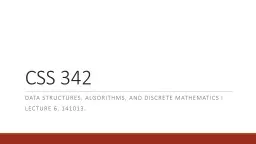
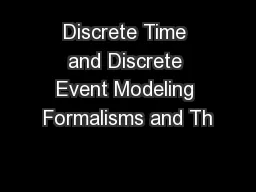
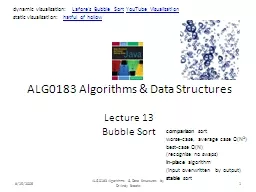
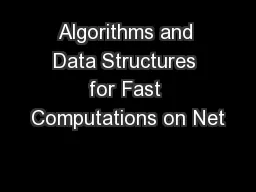
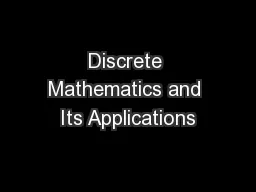
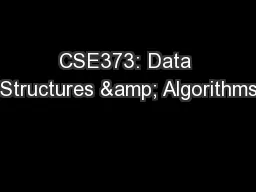

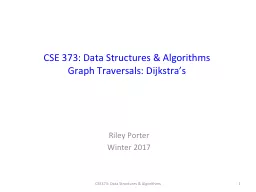

![[READ]-Easy Learning Data Structures & Algorithms ES6+Javascript Classic data structures](https://thumbs.docslides.com/970589/read-easy-learning-data-structures-algorithms-es6-javascript-classic-data-structures-and-algorithms-in-es6-javascript-easy-learning-javascript-and-design-and-data-structures-and-algorithms-book-3.jpg)
![[eBOOK]-Easy Learning Data Structures Algorithms ES6+Javascript: Classic data structures](https://thumbs.docslides.com/975195/ebook-easy-learning-data-structures-algorithms-es6-javascript-classic-data-structures-and-algorithms-in-es6-javascript-easy-learning-javascript-and-design-and-data-structures-and-algorithms-book-3.jpg)


